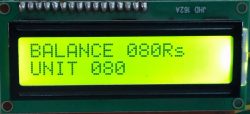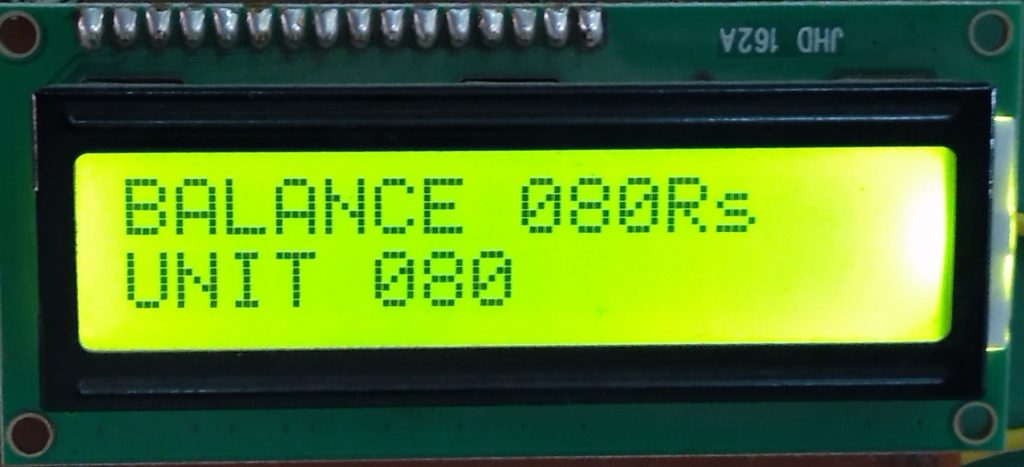Table of Contents
Liquid crystal Display LCD
Liquid crystal Display (LCD) very common display technique which is used in displays for electronic devices such as LCD monitors, car dashboard displays, watches, calculators, and televisions.
Liquid crystals are one of the most fascinating material systems in nature, having properties of liquids as well as of a solid crystal. The terms liquid crystal refers to the fact that these compounds have a crystalline arrangement of molecules, yet they flow like a liquid. Liquid crystal display does not emit or generate light, but rather alter externally generated illumination. Their ability to modulate light when an electrical signal is applied has made them very useful in flat panel display technology.
Liquid crystal Display (LCD) is the most common type of flat panel display (FPDs) and has been widely used since the early 1970s. LCD TV was a very popular replacement for Cathode Ray Tube (CRT) due to its slim and compact size. This display has been a very fine quality of videos. Recent advances in flat-panel LCD technology now allow for larger screens, wider viewing angles, and higher quality video images. This display technique is to works on some optical and electrical properties of liquid crystals. These liquid crystals molecules allow the light at a different speed when the light beam is passed from it along its axis or perpendicular to the axis. These molecules have the ability to the polarization of light.
The Liquid crystal Display (LCD) screen is not produced or emit any light like LED but it works on the principle of blocking of light. In the background, there is a light present due to LCDs do not emits light. When the current is not flowing in the circuit, the LCD molecules are in a properly aligned manner. This time, the panel of LCD will show in silver color due to light passes through both plates of polarizers.
Liquid crystal Display (LCD) Monitor When the current is flowing in the circuit, the LCD molecules are twisted and lose the initial alignment of molecules. The background light which is polarized by the first plane of the polarizer is no longer aligned with the second plane of the polarizer and then the display will look like a black background rather than a silver background LCD display.
Main Categories of Liquid Crystals
The crystal is made up of organic molecules which are rod-like in shape with a length of ≈20A° – 100A°. The orientation of the rod-like molecule defines the “director” of the liquid crystal. The different arrangements of these rod-like molecules lead to three main categories of liquid crystals.
- Smectic
- Nernatic
- Giolesteric
Smectic
The figure shown below shows the smectic structure of liquid crystals. In this structure, the rod-like molecules are arranged in layers, and within each layer, there is orientational order over a long-range. Thus in a given layer, the rods are all oriented in the same direction Also, in the smectic liquid crystals, the molecules of different layers are ordered as shown in the figure below. Thus both orientation order and positional order is present in the smectic crystals.
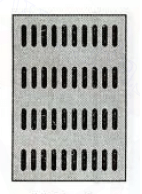
Nematic
The nematic structure of liquid crystals is shown in the figure below. In the nematic structure, the positional order between layers of molecules is lost, but the orientation order is maintained.
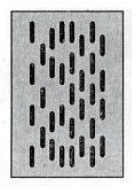
Cholesteric
The cholesteric structure of liquid crystals is shown in the figure below. In these crystals, the rod-like molecules in each layer are oriented at a different angle within each layer. Orientation order is maintained in each layer. The cholesteric liquid crystal is related to the nematic crystal, with the difference being the twist of the molecules as one goes from one layer to another.
The optical activity of the crystal depends upon the orientation and the twist of the molecules as one goes from one layer to another.
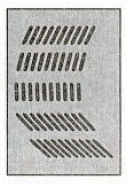
History of Liquid crystal Display LCD
The liquid crystal was discovered by an Austrian botanist Friedreich Rheinizer in 1888. He saw that when he liquefied an inquisitive cholesterol-like substance (cholesteryl benzoate); it first turned into a cloudy liquid and afterward cleared up as its temperature rise. Upon cooling, the fluid turned blue before, at last, taking a crystallized shape. After many years, it was observed that when liquid crystals are excited by an external electrical charge may change the properties of light going through the crystals. After that RCA made the primary test LCD in 1968.
Working Principle of LCD
In the Liquid crystal Display (LCD) there is two sheets of polarized material are placed, which is transparent. In these two sheets, one sheet is coated with a special polymer of liquid crystals, is adhered together. An electrical current passed through individual crystals, which interpret the information from the broadcast signal to allow or disallow light through them to create an image. The crystals themselves don’t deliver light, so there is the non-emissive technology used and in this way, there is not produced any kind of radiation like conventional television. For illuminating the image the Fluorescent tubes are placed between the transparent materials. The fluorescent tubes consume a small amount of power for operation rather than CRT and plasma televisions.
All LCDs utilize the fact that certain organic molecules (liquid crystals, LC) can be reoriented due to an electric field. As these materials are optically active, their naturally twisted structure can be used to turn the polarization of light by, for example, 90 degrees. Two crossed polarizers normally do not transmit any light but if a 900 – twisted LC is inserted in between, the light will be transmitted as shown in the figure. On the other hand, applying an electric field will unwind the helical structure and the LC, therefore, loses its polarization-rotating characteristics. As a result, the display turns dark. An LCD consists of an array of picture elements (“pixels”) which can be individually addressed according to the principle below.
Types of Liquid crystal Display LCD
There are two types of liquid crystal display (LCD) according to the theory of operation:
- Dynamic scattering
- Field effect.
Dynamic Scattering Type LCDs
The construction of a typical liquid crystal display is shown below. It consists of two glass plates with a liquid crystal fluid in between. The backplate is coated with a thin transparent layer of conductive material, whereas the front plate has a photoetched conductive coating with seven segment pattern.
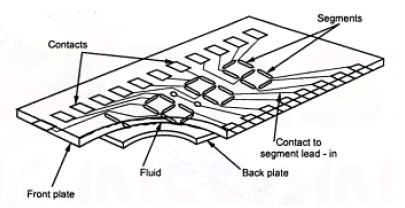
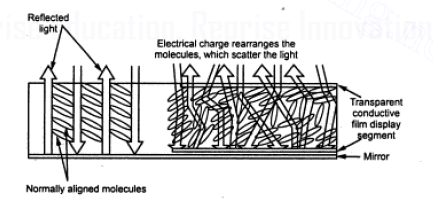
The operation of the liquid crystal display is shown in the above figure. In the absence of the electrical signal, orientation order is maintained in the crystal allowing light to transmit. This makes the LCD display clear. The current through the liquid crystal causes orientation order to collapse. The random orientation results in scattering of light which lights display segment on a dark background as shown in the figure below.

Field Effect Display
In these displays, nematic liquid crystals are used. The operation of field-effect liquid crystal display with nematic crystals is shown in the figure below. It consists of two glass plates, a liquid crystal fluid, polarizers, and transparent conductors. The liquid crystal fluid is sandwiched between two glass plates. Each glass plate is associated with a light polarizer. The light polarizers are placed at a right angle to each other. In the absence of electrical excitation, the light coming through the front polarizer is rotated through 90° in the fluid and passed through the rear polarizer. It is then reflected by the viewer by the back mirror as shown in the figure below.

On the application of electrostatic field, the liquid crystal fluid molecules get aligned, and therefore light through the molecules is not rotated by 90° and is absorbed by the rear polarized as shown in the figure below. This causes the appearance of dark digits on a light background as shown in the figure below.

Advantages of LCDs
- Less power consumption
- Low cost
- Uniform brightness with good contrast
- Low operating voltage and current.
Disadvantages of LCDs
- Poor reliability
- Limited temperature range.
- Poor visibility in low ambient temperature.
- Slow speed 5. Requires an a.c. drive.
